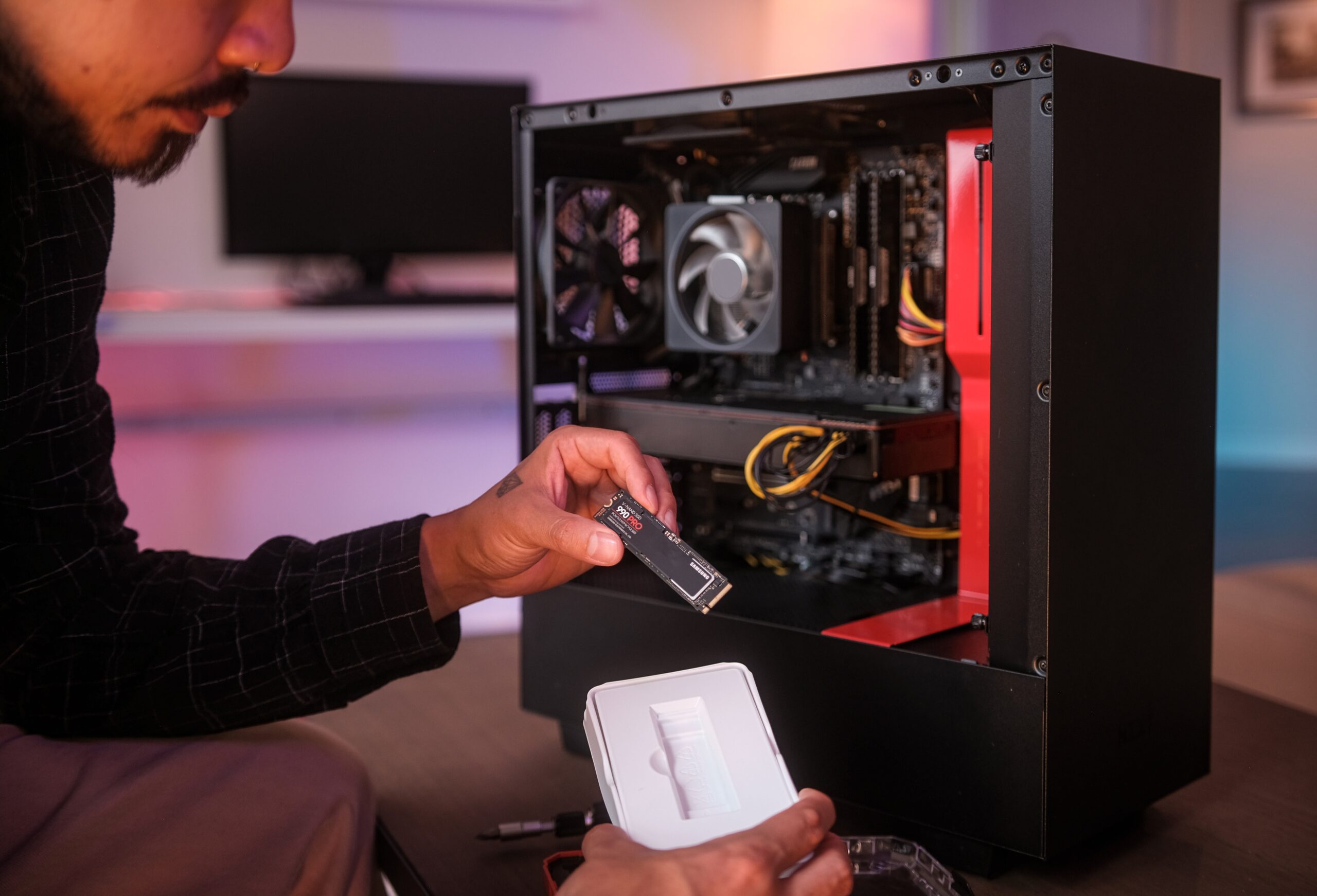Hardware, or computer peripherals, could be described as the silent killers of the tech industry. Yes, you can operate your computer without them, but chances are you’re not using all the features your hardware can offer. That’s because the hardware is essential for productivity and efficiency; forget about it, and you’ll suffer.
In this beginner’s guide to pc hardware, we will cover the basics of what each type of hardware does and how to choose the right one for your needs. This guide has everything you need to get started with computer hardware, from storage devices to graphics cards.
What is a PC?
A personal computer, also known as a PC or a desktop machine, is an electronic device that runs an operating system and applications. They typically have a monitor, keyboard, mouse, and speakers. Many PCs also have ports for connecting peripheral devices such as printers and scanners.
What are the Components of a PC?
PC hardware comprises three primary components: the motherboard, processor, and graphics card. The motherboard is where all the circuitry for your computer is housed. It has slots for the other two components, as well as connectors for a variety of peripherals. The processor determines how quickly your computer can process data or play games. Graphics card helps create images on the screen.
How do PCs Work?
PC hardware comprises a few essential components – a central processing unit (CPU), memory, input/output devices, and storage. These are connected through various buses and connectors. The CPU is the PC’s brain and handles all the tasks that the computer carries out. It’s responsible for interpreting instructions from the user and running programs.
Memory is where all the programs and data you work with on your PC are stored. Usually, there’s a lot of it – in a modern PC, there may be as many as 8GB of RAM. This space can hold both new and old data that need to be accessed frequently.
Input/output devices allow you to interact with your computer differently. You might have a keyboard and mouse or a touchscreen display. All these devices communicate with the motherboard via individual ports, which can also be used to connect external storage devices like hard disks or optical discs.
Storage is where your files are kept when your computer is not using them. In most cases, this will be either an internal hard drive, an optional flash drive, or a solid-state drive (SSD).
Types of Operating Systems
There are a few different types of operating systems that can be used on a computer. The most common type is known as a Windows operating system. Macs and other Apple products typically use the macOS operating system, while computers using Linux use a Linux operating system.
In addition to these three main types of OSes, mobile OSes are also designed for portable devices such as smartphones and tablets. These OSes generally have simplified versions of the features of more popular desktop or laptop OSes.
Installing Programs and Drivers
When you start your computer, it will usually try to find and install the latest drivers and programs. If you don’t have the correct software or driver, your computer may not work correctly. This guide will show you how to install your drivers and programs.
To install a program:
1. Open Start Menu and go to All Programs > Accessories > System Tools > Device Manager.
2. Under “System Devices,” right-click on the device you want to install the program for and select “Install Driver.”
3. Follow the on-screen instructions to locate and click on the file that begins with “Download” (for example, “Intel(R) Graphics Drivers”).
4. Select “Open” and then follow the on-screen instructions to finish installing the driver.
Troubleshooting PC Issues
If you’re having problems with your PC, there are a few things you can do to try and fix them. Here are some tips on how to troubleshoot common PC issues:
– Check for malware or viruses: Malware can cause many problems on your computer, from crashes to slow performance. If you’re having trouble starting your computer, try cleaning it with a virus removals tool like AVG AntiVirus or Microsoft’s Malware Removal Tool.
– Clean out your computer’s registry: A build-up of unused files in the registry can cause problems with your computer’s startup process and system settings. To clean out the registry, use an app like CCleaner.
– Check your hardware: Make sure all your hardware is compatible with your OS and vice versa. If you’re experiencing crashes, ensure that all of your hardware is properly connected and everything is installed correctly.
– Troubleshoot software issues: If you’re running into software bugs, try using a troubleshooting guide like Microsoft’s Windows Troubleshooting Guide or Google’s Android Troubleshooting Tips.
Conclusion
In this beginner’s guide to pc hardware, we have outlined the basics of what you need to get started with your computer. From CPUs and motherboards to memory and storage, we have covered everything you need to know for your new machine to run like a dream. Whether upgrading from an old device or starting from scratch, our guide will help you decide which parts to buy and where best to place them in your system. So start shopping today, and let us help you build the perfect PC!









































